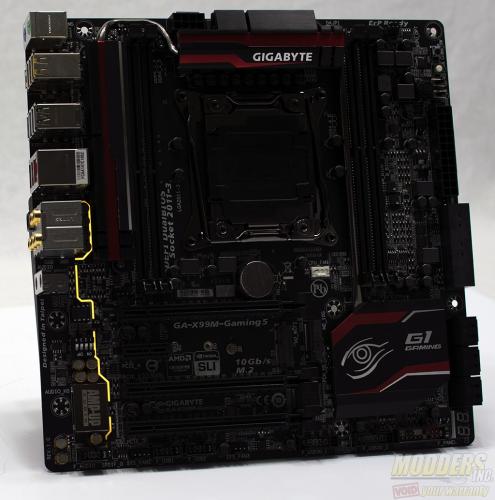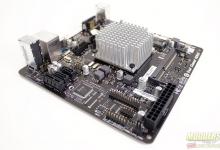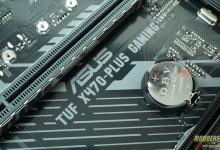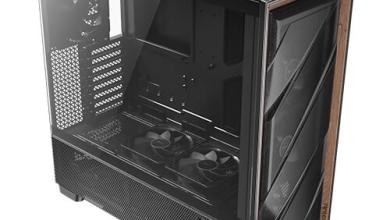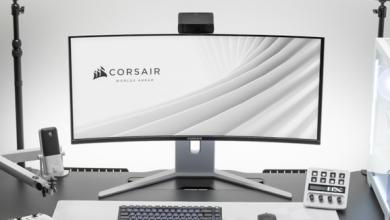Gigabyte X99M Gaming 5 Motherboard Review
The Gigabyte X99M-Gaming 5 is a power house in a small package. The motherboard conforms to the mATX standard which means you do not have to have a large full or mid-tower case to build an Intel Haswell-E system. This motherboard will fit comfortably in a mATX chassis such as the Phanteks Enthoo Evolv. More and more of the work logs that I see on the forums tend to involve smaller builds.
My experience with the Gigabyte X99m-Gaming 5 was excellent. The board posed no issues during initial power on and the BIOS is fairly easy to navigate. I am one of the people who, for a lack of a better term, are hesitant for change. Gigabyte’s Smart Tweak mode in the BIOS is a little different than what I have been used to in the past. Just because it is different doesn’t mean that it is bad. After a little bit of reading and exploring, I found it actually quicker to use than the older UI that I am used to. I was able to change settings for the overclocking tests in just a few minutes.
A smaller board shouldn’t mean a reduction in performance. Granted, Gigabyte had to lose the extra 4 memory slots on the X99M-Gaming 5, as compared to a full or extended ATX motherboard. Performance is right on par with the other X99 motherboard that I have tested thus far. We like to see no more than a 3-5% variance in performance.
The onboard audio is fantastic. Listening through a pair of Sennheiser HD 380 pro headset, the motherboard was able to deliver clear, crisp audio with no discernible distortion. Turning the AMP up yielded similar results. The motherboard’s OP-AM chip can be replaced as an extra. The current pricing on the upgrade is about 80.00. The additional OP AMP chips allow you to customize the sound as you see fit.
On board networking fares well. The motherboard was able to deliver network performance that I would expect to see from a mature networking chipset. The expectation is roughly 85-95% of the rated networking speed minus a percentage for protocol overhead. The motherboard was able to deliver 939.8 Mb/s on a gigabit LAN connection.
Overclocking was very simple. I only changed the multiplier and bumped the voltage. I wasn’t able to reach 4.5 GHz with any amount of stability. Failures and errors were completely random. For example, I was able to get two of three benchmark runs complete before a failure. I would reboot and it would only pass one. Dropping down to 4.4Ghz everything passed with flying colors and all benchmarks completed without errors.
Gigabyte includes a suite of software with the motherboard. While I did find a few useful, not all were useful to me. For example, the on-off charge. I don’t charge my cell phone or devices from my PC so, it really wasn’t a big deal to me. Smart Switch on the other hand was a good bit useful.
Gigabyte has a great combination of hardware and software with the X99m-Gaming 5. Performance is right on track where I would expect the board to be. I believe the motherboard hits a sweet spot on pricing as well. Typically, the Haswell-E systems are considerably more expensive. However at $250, the board can save a little coin without cutting corners so you can put money towards a sweet CPU. If you are looking at building an X99 system that doesn’t need more than dual GPUs, the Gigabyte X99M-Gaming 5 should be on your list.
[sc:must_have_award ] [sc:sponsor sponsor=”Gigabyte” product_link=”http://www.gigabyte.com/products/product-page.aspx?pid=5221#ov” product_name=”Gigabyte X99M Gaming 5″ product_price_link=”http://amzn.to/1bZ0YGN” product_price=”249.99″ ]